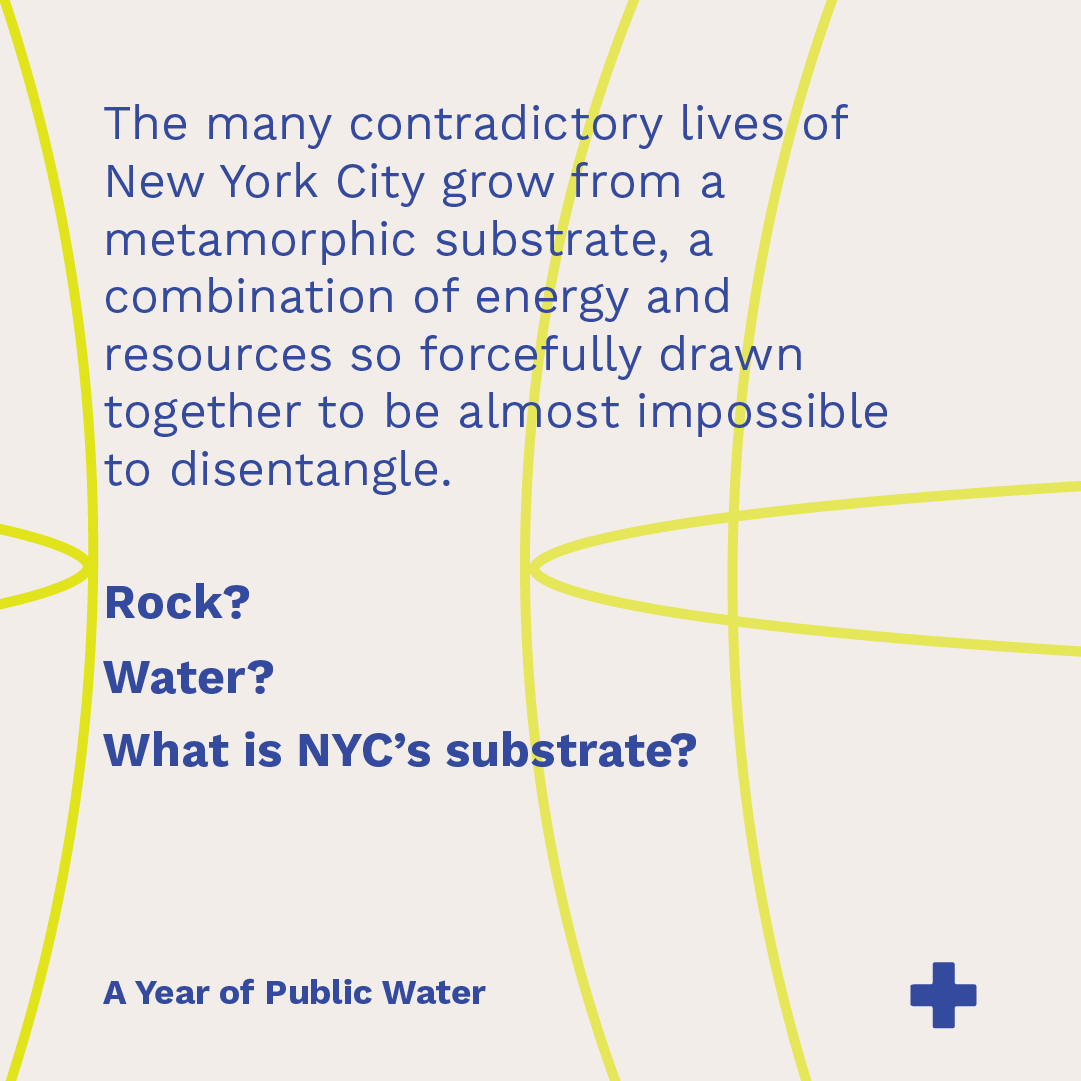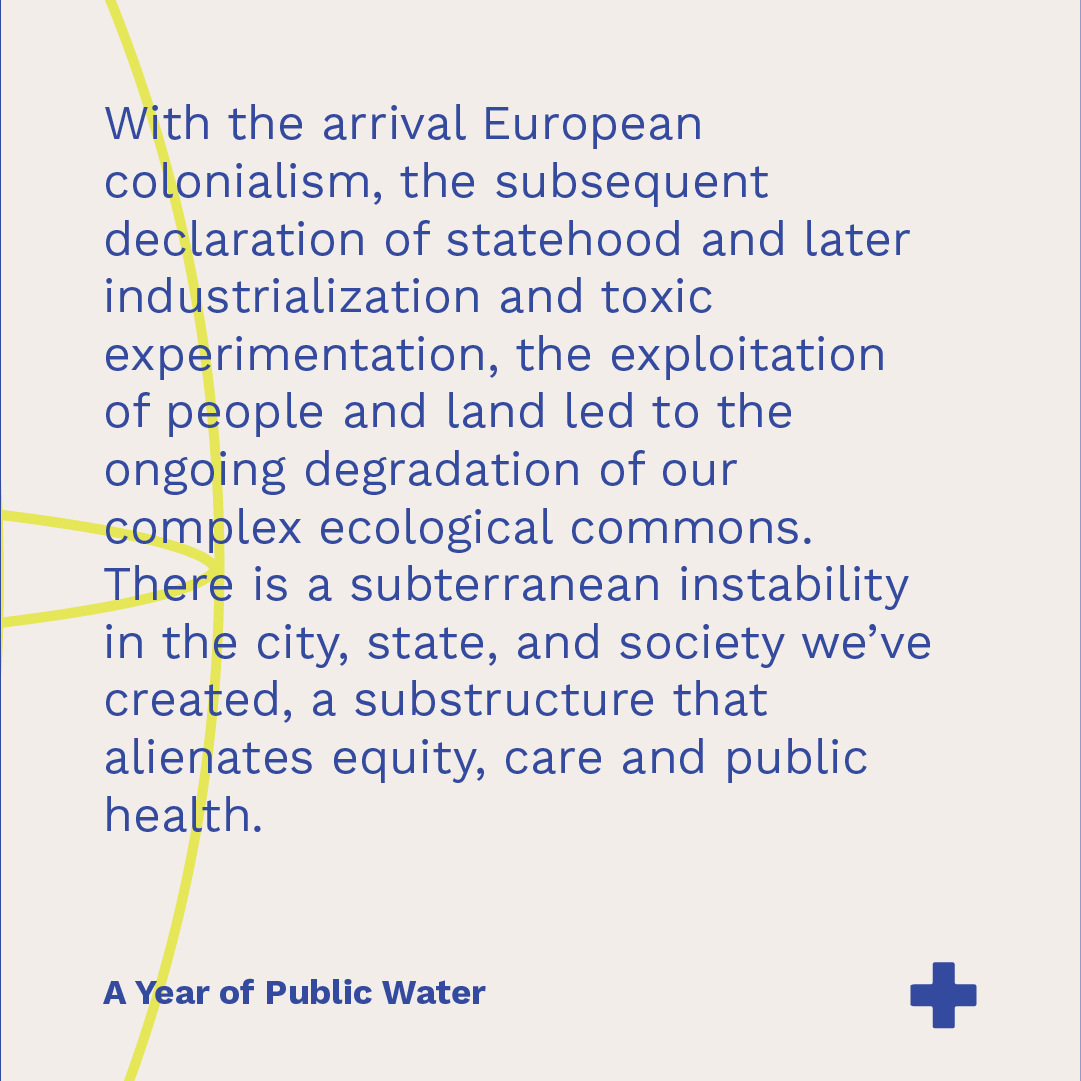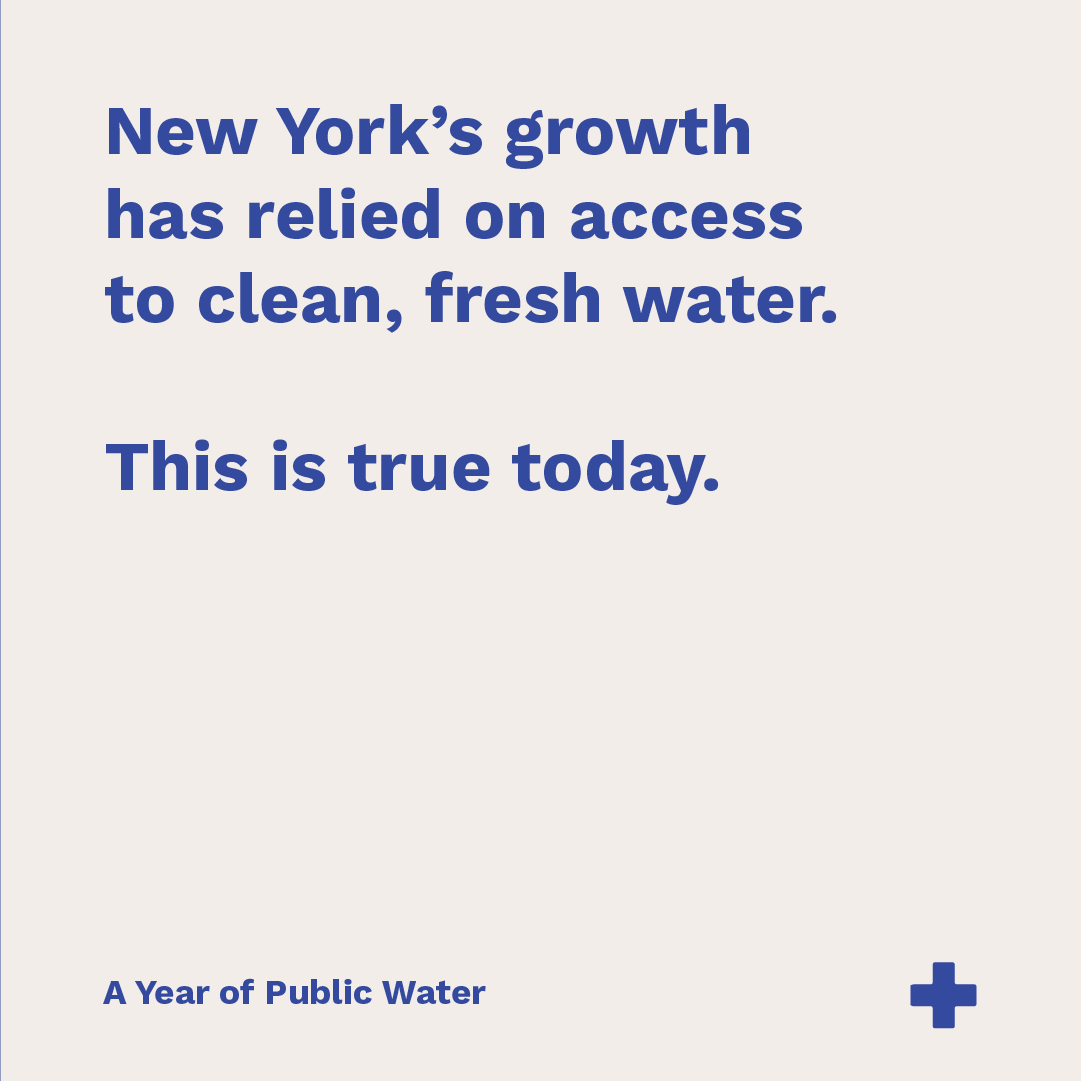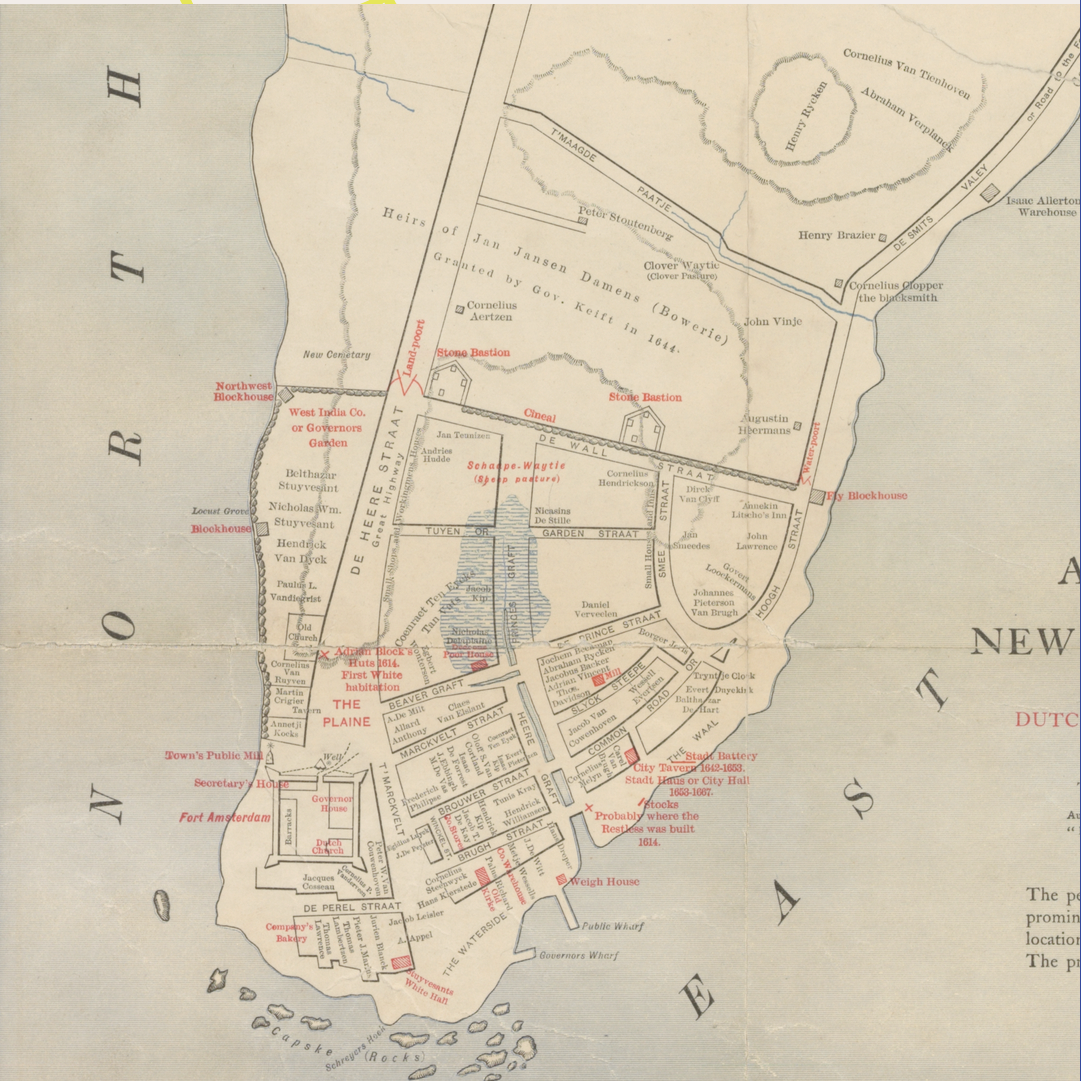Public Water: histories of a drinking watershed
Ecotopian Library is a toolkit of engaging objects and stories that contribute pathways towards regenerative eco-social futures. It’s brought together by artists, farmers, philosophers, ecologists, librarians, Indigenous knowledge holders, architects, poets, and neighbors. Please email if you have an idea for Ecotopian Library or would like to contribute something! With More Art, I’ve been researching a story for Ecotopian Library:
Public Water is an ongoing story about NYC’s drinking watershed that I began researching during the pandemic. I’ll preface it by saying that due to heavy use of agricultural chemicals like Dichlorodiphenyltrichloroethane (DDT) through the 1980s, I grew up without clean drinking water in a rural community not far from NYC. So learning about the city’s drinking watershed came with the territory when I moved there in 2001.
There are many forms of water crisis - including the crisis of water pollution, of rising costs with privatization, and lack of access to water - most recently with Detroit’s water shut-offs during the height of the Coronavirus pandemic. Mary Grant, director of the Water For All Campaign writes: “Water shutoffs over an inability to pay are always a human rights violation and the global pandemic underscores what is at stake when people are denied the resources they need to live, simply for being poor.” Across low-income rural U.S., water systems are failing to protect public health due to poor regulation of agricultural waste and other pollutants.
While many rural areas in the US can’t afford infrastructure costs, many cities have found that employing public/private water partnerships have helped ailing budgets in the short term. Aging infrastructure contributes to exposing about 21 million people to unhealthy drinking water. American Water and Veolia are two major private infrastructure companies working in the US. Flint’s public/private partnership was in the hands of Veolia and the city government, and cutting corners costs health and lives, especially for BIPOC and the poor.
More Art and I began sharing both its messy and cruel histories that have come at enormous expenses to those in what is now considered NYC’s watershed, as well as the strengths of a water system that over 8 million people depend on everyday and what steps it has taken to begin to be more equitable. We launched a website and are also using social media to request insights and co-build a story. It’s a way to garner interest in this part of life that is not often thought about.
As a NYC resident, I’m dependent on New Yorkers who live within and protect the drinking watershed for the city, and want to explore these often unseen relationships as life partnerships. Below is some of the text we began the story with:
































